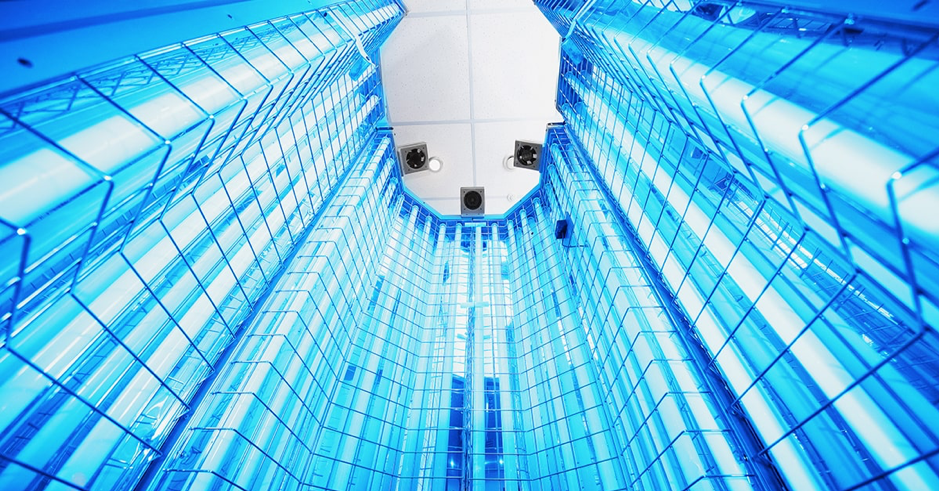Natural sunlight have therapeutic properties and has been a treatment modality from ancient times. “Photo” means light and “therapy” means to treat. Therefore, phototherapy involves usage of sunlight (Ultraviolet light) in the management of certain diseases.
Ultraviolet rays are of three types viz; UVA, UVB &UVC. UVA & UVB wavelengths are used in phototherapy as they have the ability to affect our immune system cells.
3 main types of phototherapy are
- Broad band UVB
- Narrow band UVB
- PUVA (psoralen + UVA)
We select the type of phototherapy depending on the nature of skin condition, the area to be treated, the age of the patient, and previous response to treatment. When a large area of skin is to be treated, whole body phototherapy is suggested and for smaller areas, targeted phototherapy (TPT) is preferred. TPT has the advantage of a higher concentration of UV rays and sparing of normal skin from UV exposure.
Which skin problems benefit from phototherapy?
UVB is used to treat:
- Psoriasis
- Atopic eczema and other dermatitis
- Generalised itching
- Vitiligo
- Lichen planus
PUVA is indicated for:
- Psoriasis
- Atopic eczema (when UVB is not effective)
- Hand & foot eczema
- Pustular psoriasis
In PUVA, a drug (psoralen), is given before exposing the skin to UVA rays, to sensitise the skin.
Any side effects?
Short-term side effects are
- Dryness & itching of skin
- Sunlight induced rash
- Folliculitis
- Reactivation of herpes labialis (cold sores)
- Blistering (on psoriasis lesions)
Long-term effects include
- Premature skin ageing
- Skin cancer (Related to total lifetime exposure to UV light)
Who should not undergo phototherapy?
- Photosensitive people (which means your skin disease is aggravated by sunlight)
2. Severe liver or kidney disease (for PUVA)
3. Photosensitizing medicine intake
4. Pregnancy (only for PUVA)
5. Immunosuppressant intake

